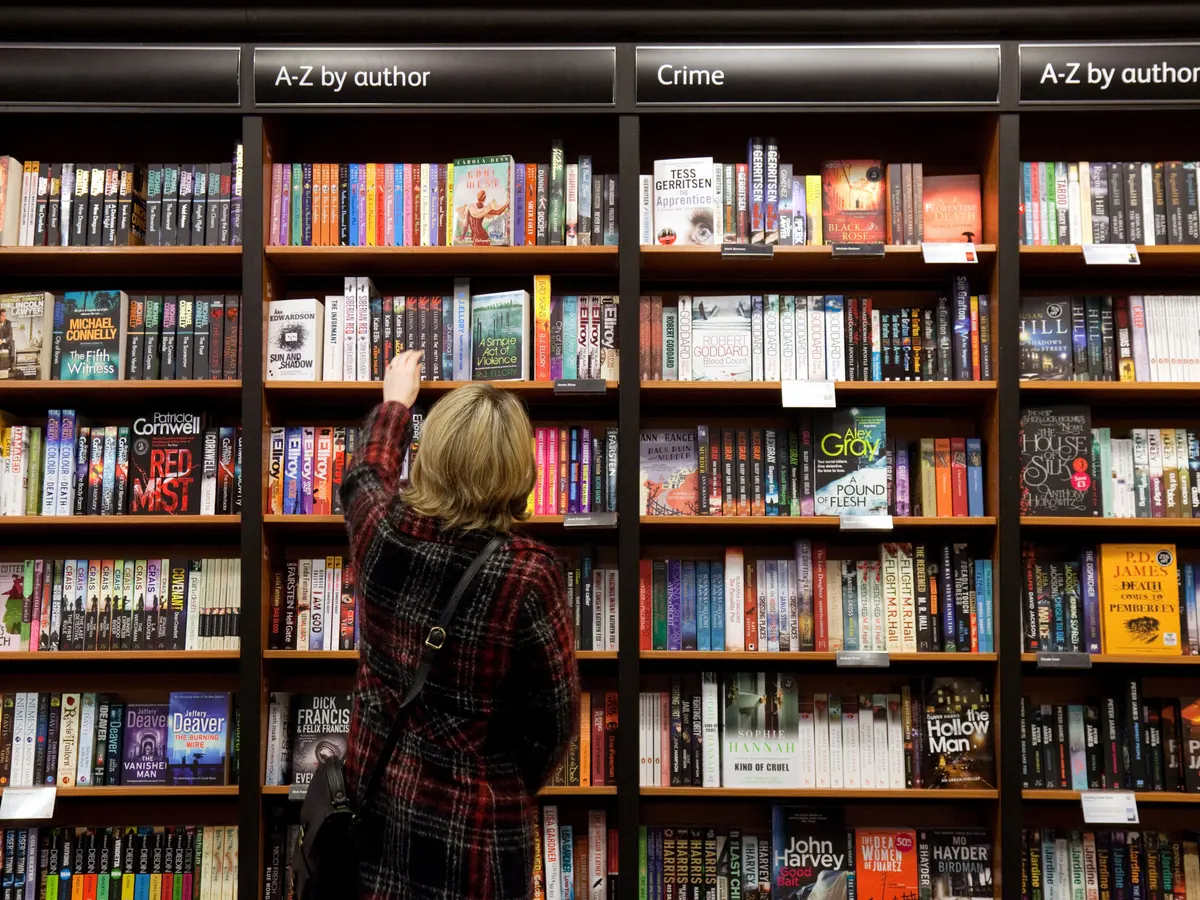
I. Introduction
In an era dominated by digital screens and e-readers, the tangible charm of paperback books stands as a testament to the enduring allure of traditional literature. This comprehensive exploration takes us on a journey through the rich tapestry of paperback books—examining their historical roots, unravelling the advantages they offer, and delving into the evolving trends that continue to shape the paperback landscape.
II. The Historical Odyssey of Paperback Books
A. Origins and Early Beginnings
Paperback books find their roots in the 19th century, but it wasn’t until the 1930s that they truly came into their own. Pocket-sized paperbacks gained prominence, offering a more affordable and portable alternative to hardcovers. This marked a revolutionary shift in reading habits, making literature accessible to a broader demographic.
B. The Paperback Revolution
The 20th century witnessed the paperback revolution, transforming the literary landscape. Affordable, lightweight, and readily available, paperbacks became a cultural phenomenon, democratising access to literature and fostering a new era of readership.
III. Advantages of Paperback Books: A Tactile Pleasure
A. The Joy of Holding a Book
The tactile pleasure derived from holding a paperback book is a unique experience that digital devices cannot replicate. The sensation of flipping through pages and the distinctive scent of ink on paper contribute to a sensory delight that forms an integral part of the reading ritual.
B. Affordability and Accessibility
One of the enduring advantages of paperback books lies in their affordability. Priced more modestly than hardcovers or e-books, paperbacks make literature financially accessible to a wide audience, encouraging widespread literacy.
C. Portability and Convenience
The compact size and lightweight nature of paperback books make them ideal companions for readers on the move. Whether commuting, travelling or simply enjoying outdoor leisure, the convenience of slipping a paperback into a bag enhances the reading experience.
D. Aesthetic Appeal on Bookshelves
Paperbacks contribute to the aesthetic appeal of bookshelves. The varying sizes, colours, and designs create a visually pleasing mosaic that reflects the reader’s eclectic literary journey, turning bookshelves into personal galleries of literary expression.
IV. The Popularity and Endurance of Paperback Books
A. Creating Emotional Connections
Paperback books often foster stronger emotional connections between readers and the narrative. The physicality of the book can create a more immersive and intimate reading experience, heightening the impact of the storytelling.
B. Book Clubs and Communal Reading
The affordability and accessibility of paperbacks make them popular choices for book clubs and communal reading experiences. Shared paperback copies facilitate lively discussions, turning reading into a social activity.
C. Educational Significance
In educational settings, paperback books remain indispensable. Their tangible nature allows students to engage more actively with the material, annotate, and immerse themselves in the learning experience.
V. Trends Shaping the Future of Paperback Books
A. Environmental Considerations
In an age of increasing environmental consciousness, there is a growing emphasis on sustainable practices in the publishing industry. Recycled paper and eco-friendly printing methods are becoming more prevalent, shaping the eco-friendly future of paperback books.
B. Hybrid Reading Experiences
Advancements in technology have given rise to hybrid reading experiences. Some publishers offer paperback and e-book bundles, allowing readers to seamlessly transition between formats based on their preferences or circumstances.
C. Customisation and Limited Editions
Publishers are exploring innovative ways to attract paperback enthusiasts. Limited edition covers, signed copies, and exclusive content are being introduced, adding a collectable dimension to paperback books.
VI. The Online Haven: Exploring PaperbackBooks.co.uk
The online realm often serves as a haven for paperback enthusiasts. Online platforms dedicated to paperback books provide extensive catalogues, user reviews, and convenient purchasing options, contributing to the broader appeal of paperback books.
VII. Conclusion: Celebrating the Paperback Renaissance
In conclusion, the journey through the art and allure of paperback books is a celebration of the enduring magic of printed words. From their modest beginnings to the digital age, paperbacks continue to stand the test of time. The paperback renaissance is not just a nod to tradition but a dynamic embrace of the evolving literary landscape—a testament to the fact that, in the realm of literature, the tangible beauty of a paperback book remains unmatched.


